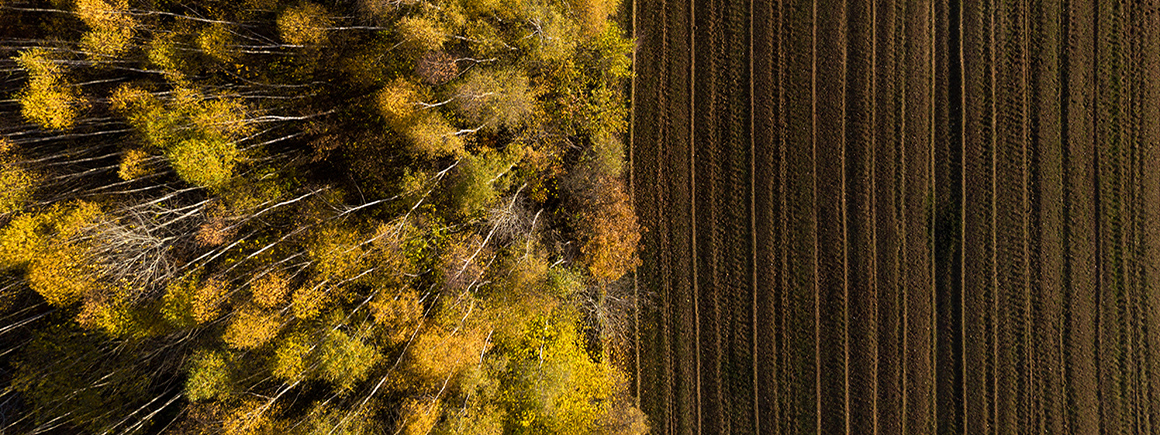What services do we offer?
We offer a wide range of services using the Natural History Museum's Biodiversity Intactness Index (BII) for all types of businesses. Here are just some of the applications of our work:
Data-licensing
- Utilise the BII data with your company data to reveal biodiversity insights suitable for regulatory disclosure.
- Utilise the BII data within a consultancy partnership, providing internal biodiversity assessment and a powerful source of revenue generation.
Bespoke Consultancy and partnership projects
- Map BII across regions of interest.
- Generate reports on the intactness and uniqueness of a region's biodiversity.
- Infer how BII has changed over recent years in specific areas.
- Project changes in biodiversity under future land use and management scenarios.
- Model and project the impacts of land usage and other pressures on biodiversity, considering the entire ecosystem or specific taxonomic groups.
- Compare dimensions of biodiversity, such as taxonomic, functional, and phylogenetic diversity.
- Evaluate the biodiversity impacts of different crops.
- Screen policy options to assess their consequences on biodiversity.
- Develop goal-seeking scenarios while integrating economic models to achieve biodiversity objectives.
- Test the likely impact of specific management decisions aimed at enhancing biodiversity.
Case studies
Businesses are already using the BII for a wide range of services. Here are a couple of examples of our work.




